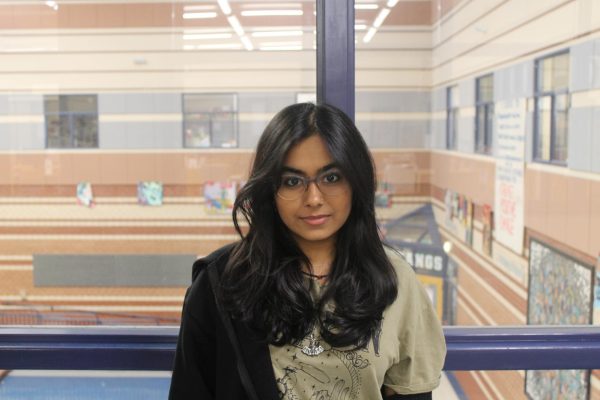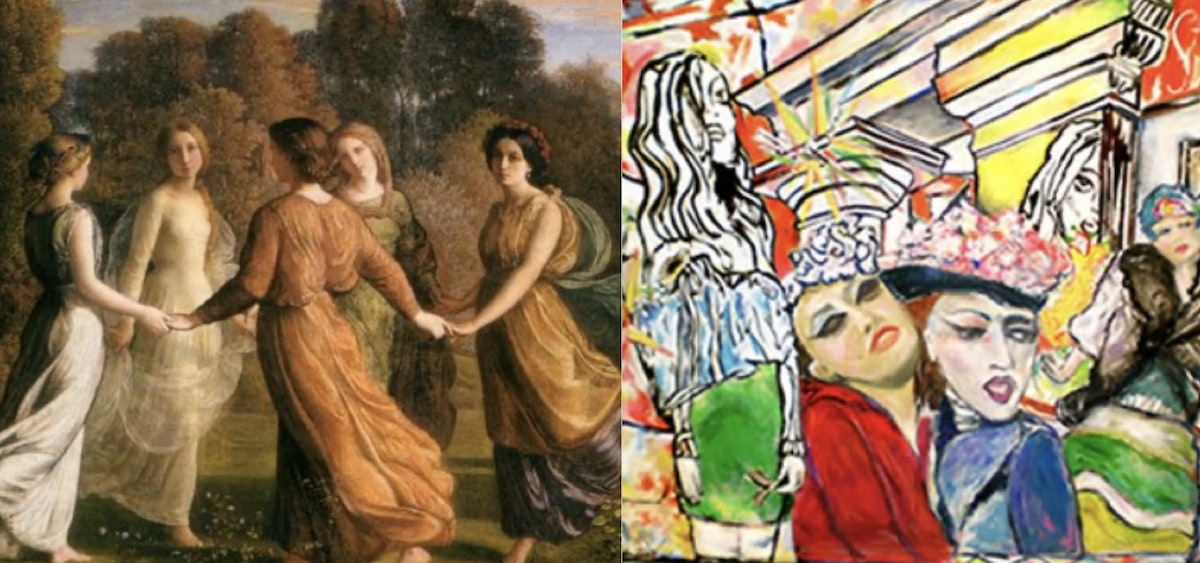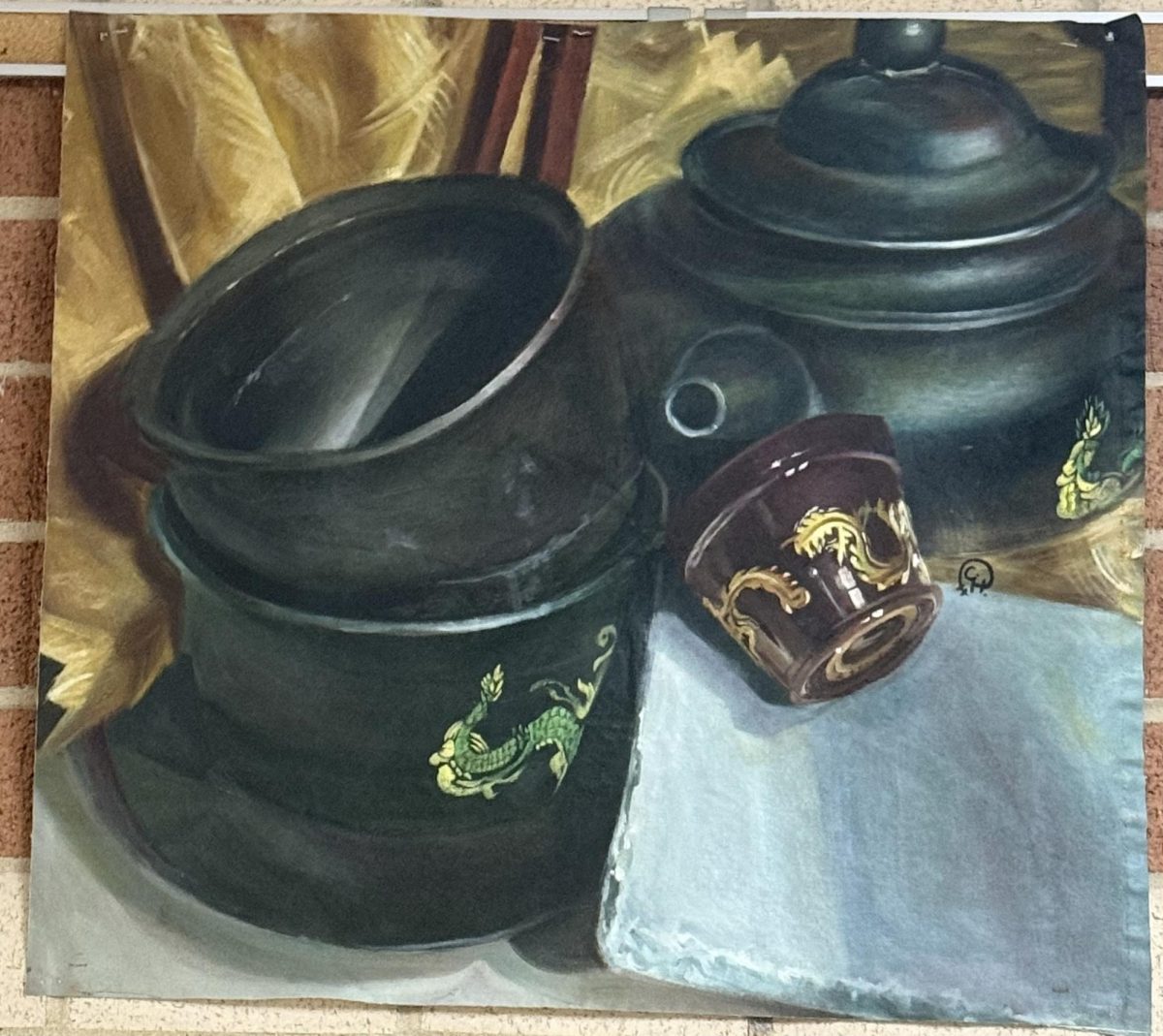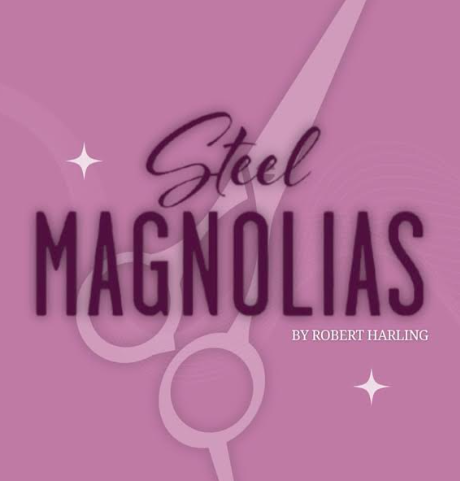Art has evolved substantially in accordance with human values, and in doing so, produced different genres that reflect them, but not without creating a great deal of speculation.
In regards to paintings, those falling under the category of ‘fine art’ or belonging to the ‘old masters’ are held on a pedestal and seen as exclusively refined. Upon thinking of them, people often admire and characterize these paintings by intricate details and grandiose sizes. However, art went through great change and reform through the ages and eventually transformed into what is known today as contemporary art. Contemporary art is classified as art being made by artists in modern times. To the untrained eye, it is much less detailed and ornamental than older art. This sudden shift from visually magnificent artwork to newer abstractions led many to look down on the emerging art form.
“[Contemporary art] is not art; anyone can make it,” junior Emily Kim stated, “When people make it, they think they see this vision when there’s nothing.”
Compared to contemporary art, the details and glory of older paintings naturally stick out to viewers. At the time, and especially during the Renaissance period, dated to be from the 14th century to the 17th, paintings back then were made with the idolization of perfection in art, hence the almost photorealistic interpretations of portraits, landscapes and other glorious figures. Contemporary art is quite the opposite, consisting of simple figures and shapes that viewers often struggle to understand.
“Contemporary art makes the viewer complete the image in their mind. It allows for more interpretation and metaphors to exist rather than just illustrating the idea. Older art is a little easier to understand,” Art 3 and AP Art teacher Mr. Hensley explained.
It’s easy to look at an older painting and interpret the story being told, as it was crafted to be direct; however, the same cannot be said for contemporary art. Many people overlook the meaning behind most contemporary artwork, and upon not having the story given to them outright like it is in older art, they jump to the conclusion that there is just no meaning behind it when oftentimes that is nowhere near the case.
The famous contemporary art piece, ‘Comedian’, consists of a singular banana duct taped to a plain white wall. This artwork caused outrage, as many believed that since they could make it themselves, and since it displayed no complex details, it meant that it was not art; however, people fail to understand that that is the point of the piece. This artwork is often interpreted as a commentary satirizing the common belief of art being viewed as a luxury item when the truth is that it can be made and interpreted by anyone.
Art forms manage to change in such little time, following the values of the public in doing so, but it often sparks the question of how art managed to go from Da Vinci to bananas on walls.
As time progressed, the value placed on photorealism in art began to diminish, especially with the discovery and rise of photography, which is why people began to look for newer ways of expressing a story through artwork.
“Photography started taking a real hold of the public’s interest, and it was a lot more user friendly… [people] started questioning if photographs could make things that looked like life, what was the point of making paintings that looked like life?” Mr. Hensley elaborated.
Based on current trends, it’s safe to say that art won’t stay the same as time goes on, and will likely change with advancements in technology, culture and relationships, but the question of what form art will take in the future remains unanswered.
Categories:
Classical vs. Modern Art
Tags:
More to Discover
About the Contributor

Zoya Ali, Editor
My name is Zoya and I’m a Senior at MRHS. This is my third year of journalism and I’m continuing as an editor; I also help produce the student-led comic! I love to read and paint. Excited to be here!








